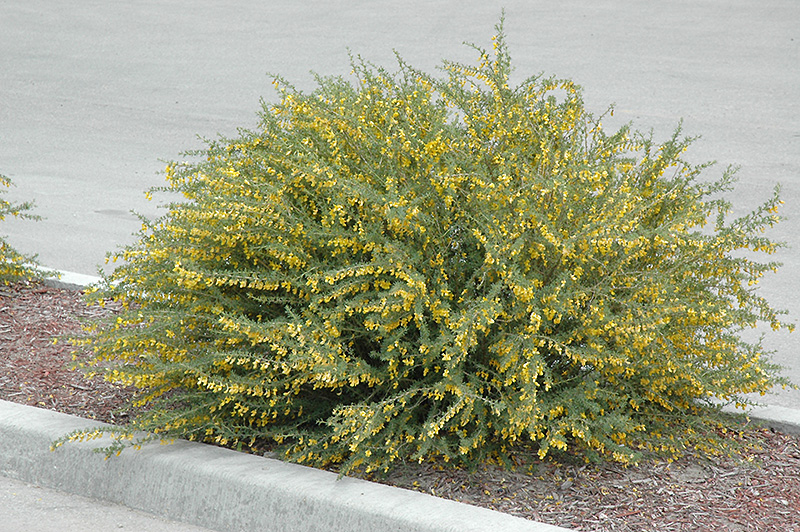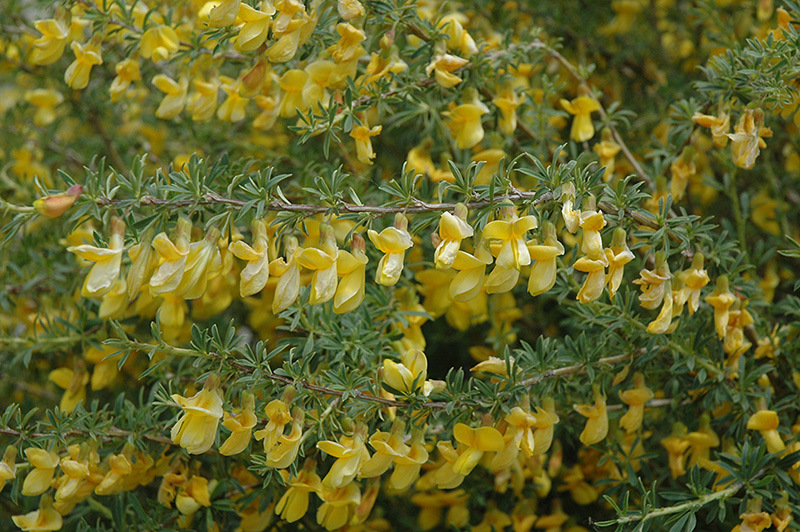Height: 3 feet Spread: 4 feet
Sunlight:
Hardiness Zone: 2b Description: An underutilized but rather attractive shrub with numerous attributes; very fine-textured foliage, small yellow flowers in spring, consistent upright habit and extreme adaptability to cold, dry windy sites; an outstanding hedge plant, great in groupings Ornamental Features Pygmy Peashrub has masses of beautiful gold pea-like flowers with orange overtones hanging below the branches from mid to late spring, which are most effective when planted in groupings. It has grayish green deciduous foliage. The pinnately compound needle-like leaves do not develop any appreciable fall colour. Landscape Attributes Pygmy Peashrub is a dense multi-stemmed deciduous shrub with an upright spreading habit of growth. It lends an extremely fine and delicate texture to the landscape composition which should be used to full effect. This is a relatively low maintenance shrub, and can be pruned at anytime. Gardeners should be aware of the following characteristic(s) that may warrant special consideration; Pygmy Peashrub is recommended for the following landscape applications; Planting & Growing Pygmy Peashrub will grow to be about 3 feet tall at maturity, with a spread of 4 feet. It tends to fill out right to the ground and therefore doesn't necessarily require facer plants in front. It grows at a medium rate, and under ideal conditions can be expected to live for 40 years or more. This shrub should only be grown in full sunlight. It prefers dry to average moisture levels with very well-drained soil, and will often die in standing water. It is considered to be drought-tolerant, and thus makes an ideal choice for a low-water garden or xeriscape application. It is not particular as to soil type, but has a definite preference for alkaline soils, and is able to handle environmental salt. It is highly tolerant of urban pollution and will even thrive in inner city environments. This species is not originally from North America.![]()
![]()
![]()
![]()
![]()
![]()
![]()
![]()
![]()


